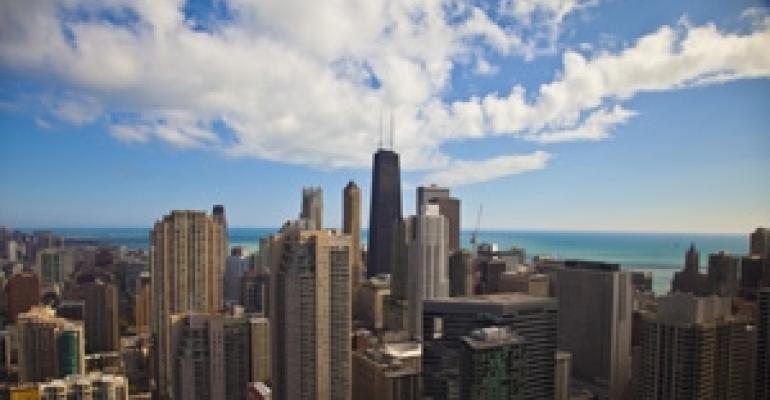Building Owners and Managers Association of Chicago is joining the city’s Sustainable Chicago 2015 movement, which also includes Retrofit Chicago and the Green Office Challenge, by implementing joint smart-grid technology, using wireless meters that can, in real-time, negotiate for hundreds of thousands of dollars in savings of electricity with energy companies.

BOMA Chicago recently formed a partnership with Kennesaw, Ga.-based Automated Logic Corp. for the meter monitoring, and has ComEd’s pledge to provide 40 “smart” meters for buildings in Chicago’s downtown area. Michael Cornicelli, executive vice president at BOMA Chicago, is now negotiating with the owners of five buildings in the central business district to start a smart grid pilot project.
Cornicelli says BOMA wants to get its member companies to install the meters as a collective effort that could spark widespread interest and eventual use by many downtown Chicago buildings. BOMA is using funds from a $1.5 million grant from the State of Illinois toward the project. “This would really be the first of its kind,” he says. “It’s never been done for buildings under ownership by a variety of different parties, it’s usually just one company that has a number of meters in one building.”
Once a few of buildings have the new meters, Automated Logic can monitor energy use at the properties up to the last second of use—much faster than the still currently used, older meters, which typically measure electricity load by the hour and are not accessible for measurements for up to 24 hours.
Building owners can save money with these meters in two ways, Cornicelli says. First, owners can monitor the meters themselves and make real-time adjustments if loads are too high for any period, he says. Also, the collective electricity use data will be fed through Automated Logic to BOMA, which will share the data with the regional electric grid operator, PJM Interconnection. In turn, if PJM needs to provide more electricity to other regions (such as a heat wave in New Jersey, for example), PJM can contact BOMA and negotiate to have the building owners dial back electricity use, or just to standby to back down use, for a fee that would be shared with the Chicago buildings.
Both efforts achieve goals set by Chicago in its Sustainable Chicago 2015 program, which includes efforts to curtail energy use and increase sustainability initiatives. Just recently, Mayor Rahm Emanuel announced 18 more participants in the city’s Retrofit Chicago Commercial Buildings Initiative, including the massive Merchandise Mart, Hilton Hotel Chicago and the Shedd Aquarium. The more than 30 participating buildings have pledged to reduce energy use by 20 percent within five years.
The city’s efforts also include the Chicago Green Office Challenge, an annual competition launched in 2009 to engage office tenants and building managers to cut energy, water and materials use by 10 percent. In 2011-12, nearly 150 participants in the challenge used programs such as GreenPoint Partners’ Green Per Square Foot system to save $17.5 million. Such programs can help the owners and managers to evaluate a building’s components and systems, centralize a building’s energy information and gather information about sustainability products, services and incentives.
Cornicelli says the BOMA Chicago program can meet that challenge. Although he can’t yet reveal which buildings he’s working with for the smart grid pilot program, since he is still in negotiations, he hopes to announce a couple of participant properties later this month. He says the initiative’s participating building owners will have to pay some costs to install the meters and pay a higher fee for the use, but that cost would be offset by up to about $200,000 per year in energy savings and refunds for participating in smart grid sharing.
“We believe that this smart grid could achieve reduction in energy use by buildings downtown by 20 percent,” Cornicelli says. “Our ultimate goal is simply to provide opportunities for our members, enabling them to take advantage of the opportunity to reduce energy consumption while also generate a new revenue stream.”

